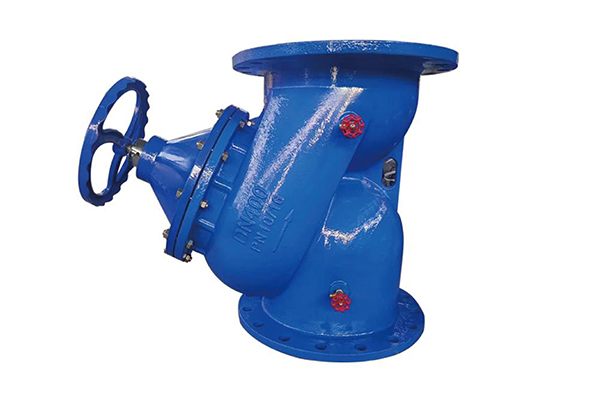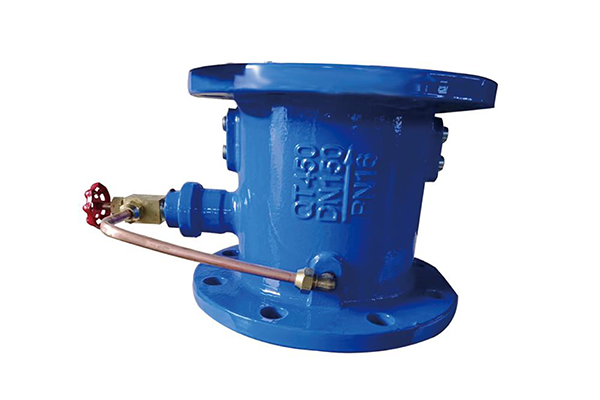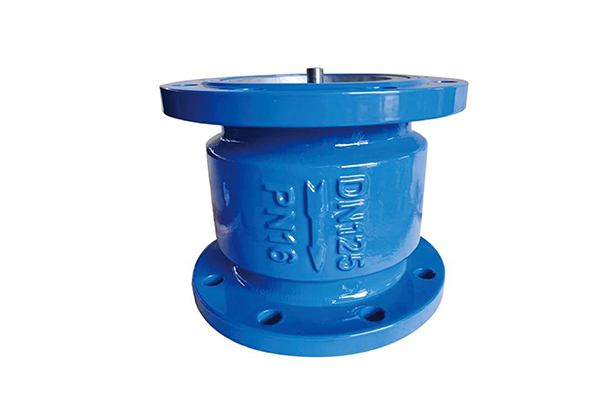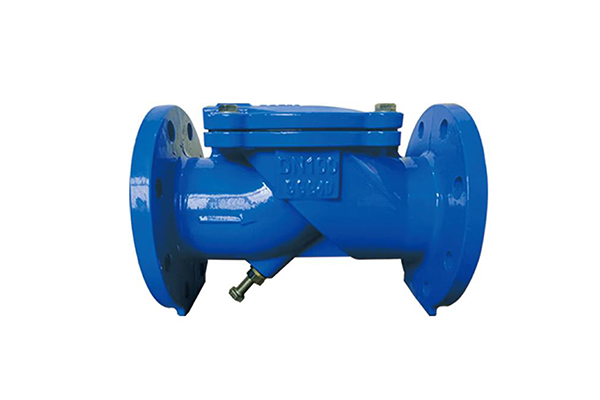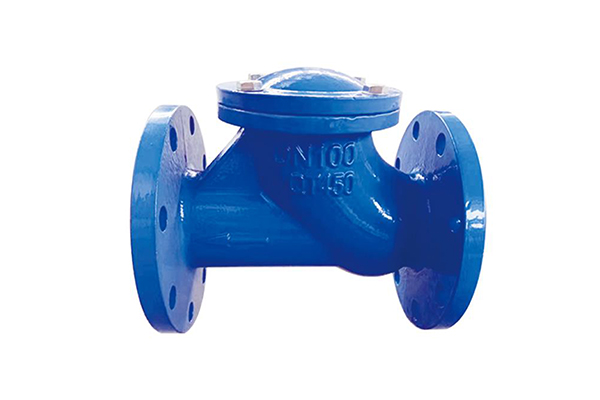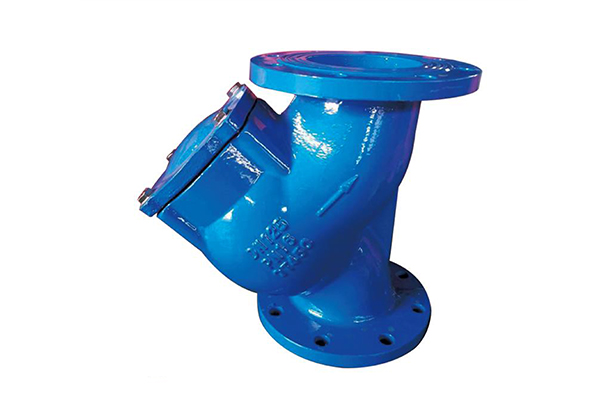NEWS LIST /NEWS LIST
How Low-Resistance Valves Cut Energy Costs and Carbon Footprints
author:weitaifluid date:2025-10-16 15:15:42 Hits:174
In the global race toward net-zero emissions, industries are scrutinizing every aspect of their operations for energy inefficiencies. While large-scale machinery and production processes often take center stage, a significant and frequently overlooked source of energy waste lies hidden within the vast networks of pipes that form the arteries of our infrastructure. For facility managers and engineers sourcing components from leading gate valve suppliers, understanding the subtle physics of fluid flow is becoming a critical competitive advantage. Every bend, joint, and valve in a fluid system contributes to a phenomenon known as flow resistance—a silent tax on energy that, left unmanaged, accumulates into substantial operational costs and a larger carbon footprint. This article delves into how the design of a simple valve can become a powerful tool for energy conservation, turning a necessary component into a strategic asset for sustainability. The core principle is simple: lower flow resistance equals lower energy consumption.
Table of contents:
When Every Turn Counts: The Unseen Energy Loss in Piping Systems
The Physics of Waste: Why Flow Resistance Steals Energy
The Engineering Solution: Logic Behind Low-Resistance Valve Design
From Engineering Gains to Corporate Responsibility
Conclusion: Re-evaluate Your Valves, Reimagine Your Energy Footprint
When Every Turn Counts: The Unseen Energy Loss in Piping Systems
The journey of fluid through a pipeline is a constant battle against friction and obstruction. Every time a fluid is forced to change direction, squeeze through a narrow opening, or navigate a complex internal geometry, it loses energy. This energy loss manifests as a pressure drop, forcing pumps to work harder—and consume more electricity—to maintain the required flow rate. A valve, as a primary control point, can either be a seamless part of the highway or a persistent bottleneck. An inefficient valve design creates unnecessary turbulence and resistance, effectively forcing the system’s pump to run at a higher capacity 24/7. This continuous, low-level energy drain, multiplied across hundreds or thousands of valves in a facility, represents a massive and preventable operational expenditure. By focusing on the fluid dynamics at this micro-level, organizations can unlock significant, system-wide energy savings.
The Physics of Waste: Why Flow Resistance Steals Energy
To appreciate the value of an efficient valve, it is helpful to understand the basic principles of fluid dynamics at play. When a fluid moves through a pipe, it possesses kinetic energy (the energy of motion) and potential energy (in the form of pressure). An ideal system would transport this fluid with minimal energy loss. However, reality introduces several challenges.
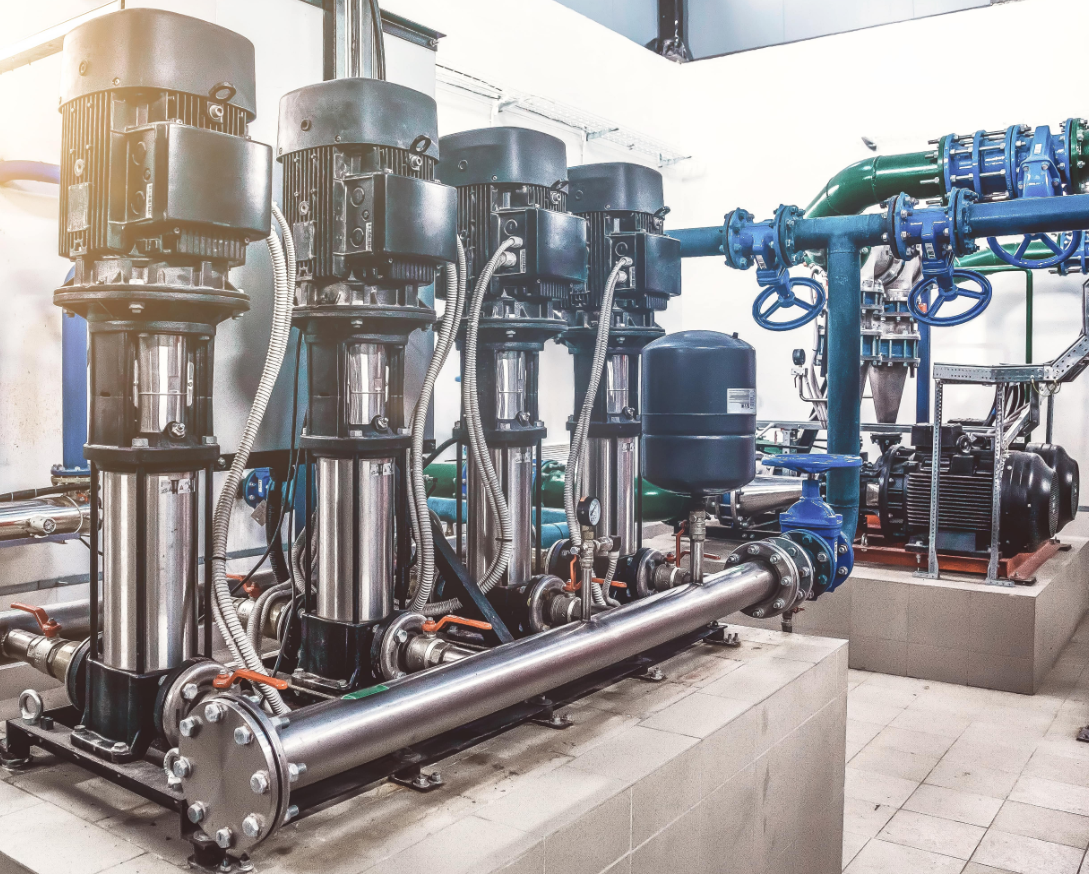
Flow Resistance and Pressure Drop: Think of flow resistance as the fluid equivalent of friction. It is the sum of all forces opposing the fluid's movement. A major contributor to this resistance is the internal design of components like valves. When a valve has a convoluted or restricted path, it acts like a dam, forcing the fluid to speed up and slow down, creating a significant pressure drop from the inlet to the outlet. To overcome this pressure drop and deliver the fluid at the required pressure downstream, the pump must generate more initial pressure, which is a direct function of energy consumption.
Turbulence vs. Laminar Flow: In a well-designed system, fluid moves in smooth, parallel layers, a state known as laminar flow. This is the most energy-efficient way to transport a fluid. However, obstacles, sharp turns, and irregular surfaces within a valve can disrupt this state, causing the fluid to churn and swirl chaotically. This is turbulence. Turbulent flow dissipates a tremendous amount of energy as heat and vibration instead of using it for forward motion. A high-resistance valve is a primary generator of turbulence, effectively turning electrical energy from the pump into useless heat within the pipe.
The cumulative effect is profound. A seemingly minor increase in pressure drop across a single valve can lead to a substantial rise in long-term energy consumption. For a system operating continuously, even a small efficiency gain, when sustained over years, translates into significant financial savings and a measurable reduction in carbon emissions. The objective for any energy-conscious engineer is to design a system where the medium's flow is not restricted, turbulence is minimized, and pressure reduction across components is negligible.
The Engineering Solution: Logic Behind Low-Resistance Valve Design
Achieving a near-zero resistance profile in a valve is not an accident; it is the result of deliberate and intelligent engineering. The design philosophy centers on creating a flow path that, when the valve is open, is virtually indistinguishable from the pipe itself. This is where the structural characteristics of advanced valve designs come into play.
Let's examine the mechanics of a high-efficiency gate valve. The primary feature is its straight-through, unobstructed flow channel. When the gate is fully retracted, there are no bends, turns, or internal mechanisms left in the fluid's path. The fluid moves through the valve body as if it were just another section of the pipe. This design directly prevents the formation of turbulence and dramatically minimizes the pressure drop associated with traditional valve types, such as globe valves, which inherently force the fluid to follow a tortuous S-shaped path.
Material and construction also play a critical role. A valve body made from high-tensile materials like ductile iron provides the structural integrity needed to withstand high pressures without warping, ensuring the gate mechanism operates smoothly for years. The sealing mechanism is equally important. A precision-machined copper sealing wedge gate, for example, ensures a tight, leak-proof shutoff when closed but retracts completely clear of the flow path when open. This contrasts with older or poorly designed valves where seal wear can create small obstructions or uneven surfaces that induce turbulence over time.
This focus on detail delivers a compounding benefit. By reducing media deflection and chaotic flow, the valve not only saves pump energy but also reduces vibration and system noise. Furthermore, less turbulence means less wear and tear on the valve’s internal components and downstream piping, extending the service life of the entire system and reducing maintenance costs.
The lesson is clear: energy efficiency in a fluid system does not solely depend on the pump. It is a holistic challenge where the design of every component matters. One real-world application in a municipal water distribution network showed that replacing older, inefficient valves with modern, low-resistance gate valves on their main transfer lines resulted in a sustained 10% decrease in pumping energy costs. This single upgrade saved taxpayers money and reduced the city’s carbon footprint without any reduction in service performance.
Each drop of energy saved today keeps our planet flowing tomorrow.
From Engineering Gains to Corporate Responsibility
The decision to specify low-resistance valves transcends simple operational cost-cutting. It is a direct and impactful contribution to an organization’s sustainability goals and its corporate social responsibility. In an era where Environmental, Social, and Governance (ESG) metrics are increasingly used to evaluate corporate performance, demonstrating a commitment to energy efficiency is a powerful statement.
For every system optimized, carbon output drops without sacrificing performance. This is the essence of sustainable industrial practice. By investing in highly efficient fluid control solutions, companies are actively participating in the global transition to a low-carbon economy. This commitment offers several advantages:
Meeting Carbon Neutrality Targets:Reducing electricity consumption from pumps directly lowers Scope 2 carbon emissions, helping companies meet their internal and regulatory climate targets.
Enhancing Brand Reputation:Consumers, investors, and partners are increasingly drawn to businesses that demonstrate genuine environmental stewardship.
Building Resilient Operations:Energy-efficient systems are less vulnerable to rising energy prices and carbon taxes, creating a more stable and predictable operational cost base.
The ultimate goal is to foster a culture of engineering that prioritizes not just immediate function but long-term impact. This means selecting components that are not only effective but also durable, efficient, and designed to minimize waste over their entire lifecycle.
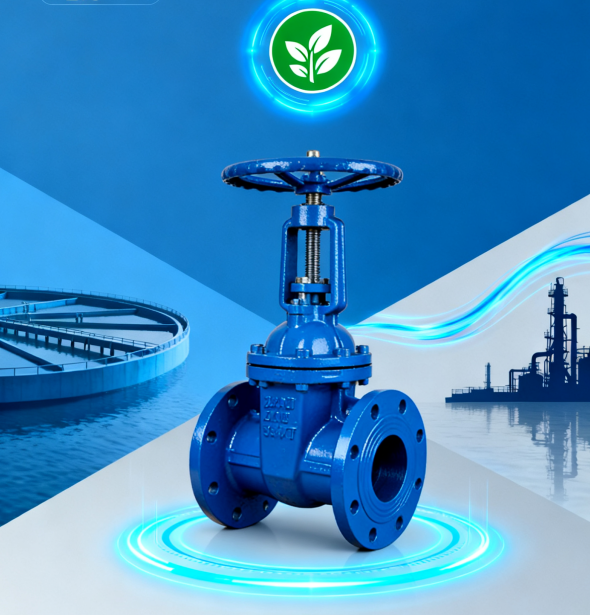
Frequently Asked Questions
How much energy can a low-resistance valve realistically save?
The exact savings depend heavily on the system's size, flow rate, and operating hours. However, in high-flow, continuous-duty applications like water treatment or power generation, retrofitting with low-resistance valves can result in pump energy savings ranging from 5% to over 15%. While that percentage may seem small, it translates to substantial financial savings over the asset's lifespan.Is the upfront cost of a low-resistance valve higher?
An engineered, low-resistance valve may have a slightly higher initial purchase price compared to a basic, commodity-grade valve. However, the true cost should be evaluated based on the Total Cost of Ownership (TCO). The significant savings in energy consumption and reduced maintenance requirements typically mean the high-efficiency valve pays for itself quickly and delivers a far superior return on investment over its operational life.What types of applications see the greatest benefit?
Any system where fluids are moved in large volumes or over long distances will see a significant benefit. This includes municipal water and wastewater systems, large-scale HVAC chilled water loops, power plant cooling systems, industrial processing lines, and oil and gas transportation pipelines. The longer the pump runs, the greater the potential for savings.How does the valve's material construction impact its sustainable performance?
Durability is a key component of sustainability. Valves constructed from robust materials like ductile iron with high-quality sealing components, such as copper or resilient wedges, are less prone to corrosion, wear, and leakage. This extends their service life, reducing the need for premature replacement and minimizing the consumption of raw materials and the waste associated with manufacturing and disposing of old components.
Conclusion: Re-evaluate Your Valves, Reimagine Your Energy Footprint
The link between flow resistance and energy consumption is an undeniable law of physics. By recognizing that every valve in a system is an opportunity for either energy waste or energy conservation, organizations can make smarter, more sustainable choices. The move toward low-resistance valves is not just an engineering upgrade; it is a strategic business decision that lowers operating costs, reduces environmental impact, and strengthens a company's position as a responsible industry leader.
Choosing the right components is the first step. For organizations looking for a reliable partner, a specialist gate valve manufacturer like Weitai provides solutions engineered precisely for this purpose. Their Z45T series, for instance, exemplifies this philosophy with its completely unobstructed, straight-through flow channel and robust copper sealing gate. This design directly addresses the challenges of turbulence and pressure loss, ensuring that energy is used to move fluid, not to fight friction. By integrating such meticulously designed components, you are not just buying a valve—you are investing in a more efficient, profitable, and sustainable future.







